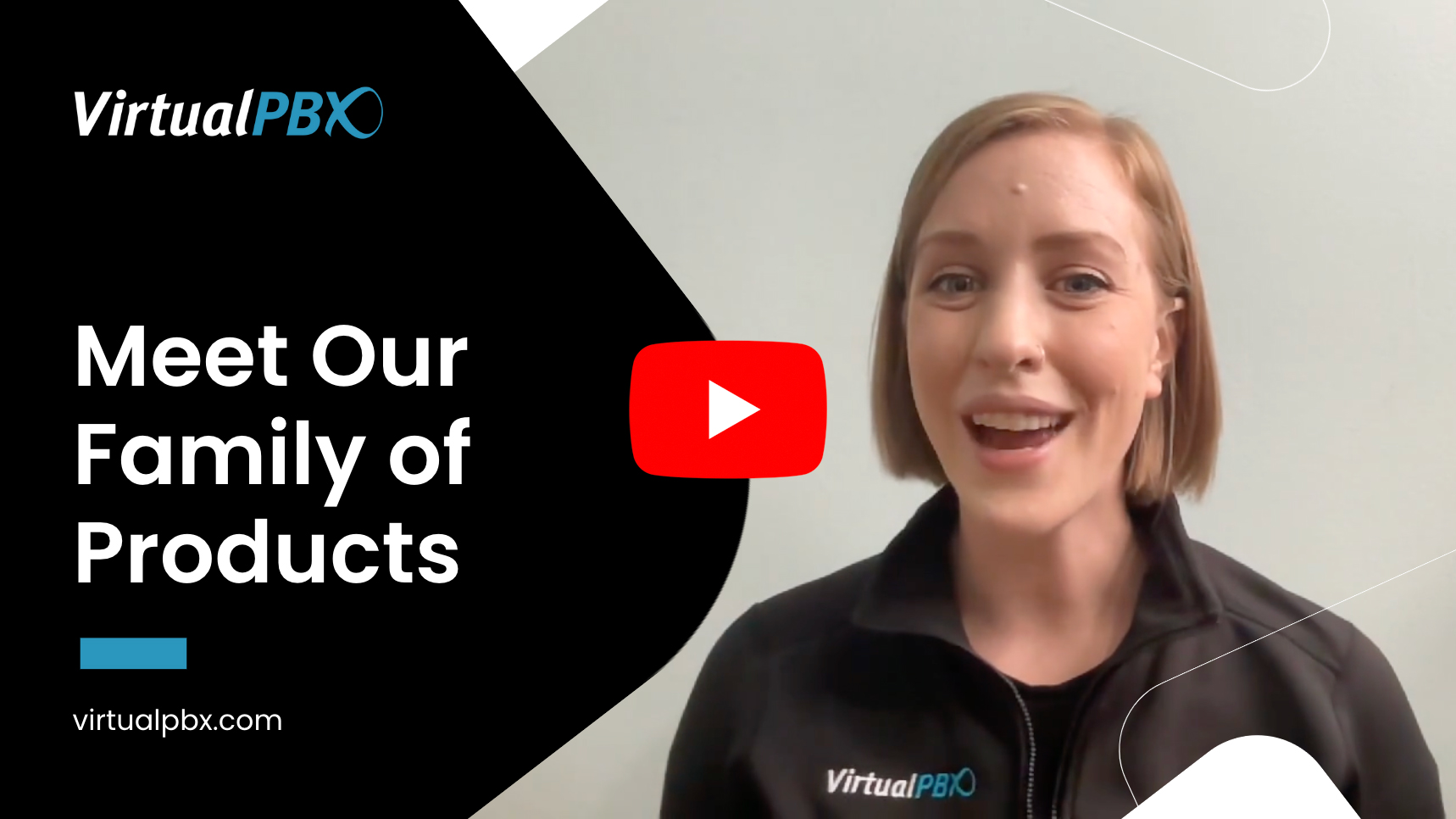 Do you know the difference between transfers and forwards? You may have even heard of warm transfer and cold transfer.
Do you know the difference between transfers and forwards? You may have even heard of warm transfer and cold transfer.
Every industry takes on confusing jargon now and then, and the telecom industry is no exception.
With all the advanced features available in our Business Phone Plans, for example, there will be a few terms you won’t immediately recognize.
We’ll try to remedy two of those terms today by breaking down the difference between transfers and forwards.
Difference Between Transfers and Forwards: Transfers
Call transfers are unique in that they can only occur once a call has been connected. Transferring calls refers to when a live call needs to be transferred to another person. That can be for any one of a variety of issues. The specific difference between transfers and forwards is that transfers are always ongoing calls.
Warm transfers require you to speak to the caller first and pass along the call details to the transfer recipient. Warm transfers give the recipient a head start and put them on the same page as the caller. Cold transfers occur when you pass along a call without any extra information. Cold transfers are great options in times of high call volume.
Advanced Transfer can be executed using VirtualPBX in a variety of ways. The fastest method is to use Feature Codes directly from your dial pad. As a rule of thumb, if callers are being transferred to another agent/employee, it’s a transfer.
Follow Me: What is Forwarding?
Call forwarding is similar to call transfers but with different characteristics. Consider when the call is received when you want to know the difference between transfers and forwards. Transfers are when you transition a conversation from one employee to another after the conversation has begun.
Forwards are different because they can occur during the conversation using a Feature Code or before a call is answered. Call forwarding is when a caller dials a number but the conversation is sent to a different 10-digit number. This is a common and helpful practice at many businesses where individuals want to have calls directed to a single location.
One of the most popular ways to utilize call forwarding is the Follow Me Calling feature on Dash. This is when an employee is mobile and wants to remain accessible via telephone. The employee initiates this feature by entering the telephone numbers of the devices where the employee can be reached. The Follow Me Calling feature will ring them concurrently or in succession per the employee’s preference. Follow Me Calling is one of the various forwarding methods. The key differentiator is that forwarding can, and often does, occur before a call is answered.
The Grey Area
A variety of call forwards and call transfers are always included for free in every Dash Account. They are useful for an ever-increasing number of scenarios. However, there exist two other areas that are similar to both transferring and forwarding. First is VirtualPBX Valet Call Parking. This feature is used to put a call on hold in a place where anyone in the organization can answer it. There is also the much larger category of call routing that encompasses a massive amount of variables involved in routing callers to individuals or departments as part of a complex network of extensions at the point of reception. The possible routing options are so vast that it warrants its own blog later, but they can be either automated by factors predetermined by the company being contacted or they can be prompted by a caller inputting information from his or her dial pad.
While the difference between transfers and forwards can seem nuanced at first, as you can see, it refers to a distinctly different set of functions for a hosted business telephone system. You can call it jargon if you want, but no matter how you label it, if you ever need help working through the features of a Dash plan, you can rest assured we’ll be there to help you through the process. In fact, we’re here 24/7/365 for you on both our Customer Support channels and on social media as well. Plus, because there seems to be an entirely different set of nomenclature for both Twitter and Facebook, you can rest assured we’ll be able to help decode your message there, too










